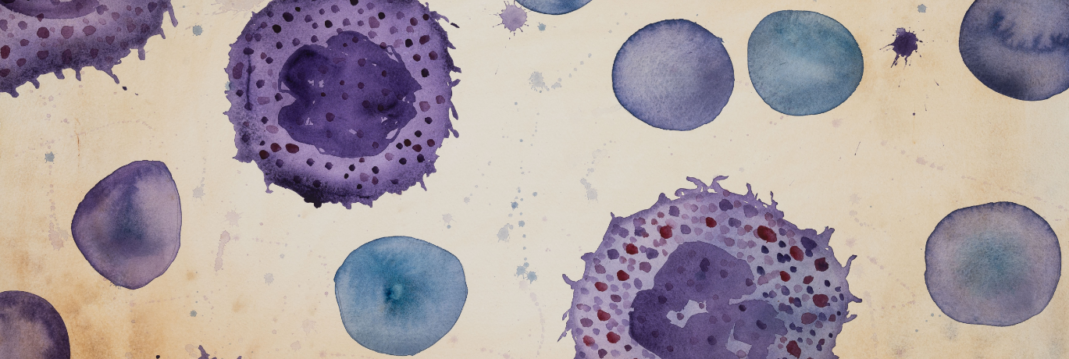Chemically defined generation of human cardiomyocytes
Burridge P., Elena Matsa E., Shukla P., Lin Z., Churko J., Ebert A., Lan F., Diecke S., Huber B., Mordwinkin N., Plews J., Abilez O., Cui B., Gold J. & Wu J.
Nature methods, 2014
Cardiac differentiation strategy using a chemically defined medium consisting of just three components: the basal medium RPMI1640, l-ascorbic acid 2-phosphate and rice-derived recombinant human albumin. This protocol produced contractile sheets of up to 95% TNNT2+ cardiomyocytes at a yield of up to 100 cardiomyocytes for every input pluripotent cell. They first assessed chemically defined pluripotent culture on other defined matrices: rh E-cadherin, rh vitronectin, laminin-521, iMatrix-511, human fibronectin and a fibronectin mimetic. Laminin-based matrices resulted in higher growth rates compared to the vitronectin peptide. Fibronectin-based matrices did not support pluripotent growth. All five suitable matrices supported efficient differentiation in CDM3 but only the laminin-based matrices maintained long-term adhesion (>15 d) during CDM3 cardiac differentiation. The authors state that laminin-521 is an optimal matrix for chemically defined differentiation of human iPSC to cardiomyocytes but they still performed all subsequent characterization on the vitronectin peptide due to cost awareness.

Talk to our team for customized support
We are here to help you in your journey.